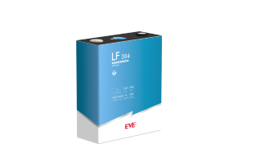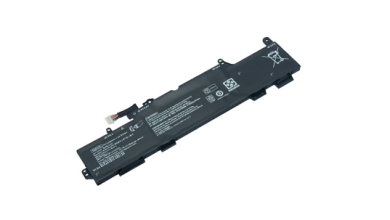Defending Hybrid Work Environments from DDoS with SASE and Cloud

Hybrid work is efficient, and flexible, and gives employees the freedom to work from home. But with this shift comes a challenge: securing your network from cyber attacks, specifically Distributed Denial-of-Service (DDoS) attacks. These attacks can destroy an organisation, denying access to mission-critical apps, services, and data.
Organisations are turning to Secure Access Service Edge (SASE) and cloud-security solutions to keep up with the competition. Current architectures provide the flexibility and security that is impossible in traditional security architectures. This is how they protect hybrid workspaces from DDoS attacks.
The DDoS Threat in Hybrid Work
DDoS attacks inundate systems with excess traffic, slowing or even bringing them down. In a hybrid work environment, workers access remotely from various devices, and thus it becomes even harder to ensure centralized security. The attackers exploit these vulnerabilities and target VPNs, remote desktops, and cloud apps.
A successful DDoS attack not only impacts business operations but could also incur financial loss, reputational damage, and concerns around customer trust. Organizations need an active security solution that will protect users irrespective of their locations.
How SASE Enables DDoS Protection
SASE is a security architecture that combines networking and security functionality into a single cloud-native platform. Instead of relying on on-prem security, SASE consolidates security closer to users and applications. This is how it defends against DDoS attacks:
1. Cloud-Native DDoS Protection
SASE solutions are accompanied by cloud-based security that detects and stops DDoS attacks before they hit your network. Since attacks also target data centres and cloud infrastructure, cloud-based mitigation offers real-time traffic inspection and automated response.
2. Zero Trust Access
Unlike traditional VPNs, which have open access, SASE uses Zero Trust models—granting access to authenticated devices and users only to specified resources. Even if a DDoS attack is launched on a compromised endpoint, the effect is limited to a blast radius.
3. Traffic Inspection and Filtering
SASE continues to scan network traffic for anomalies. When a suspicious traffic surge indicates an attack, automated filtering springs into action, blocking malicious requests without disconnecting legitimate users.
4. Scalability and Flexibility
Hybrid workforces require dynamic security that adapts based on demand. SASE utilizes cloud infrastructure to handle bursts of traffic without stopping business, and business continuity while being attacked is guaranteed.
The Cloud-Based Security’s Role in DDoS Protection
SASE is not the sole participant in hybrid work security. Cloud security solutions complement SASE to deliver multi-dimensional protection. Here’s why:
1. Cloud-Based Web Application Security and Firewalls
Firewalls cannot match the volume of DDoS attacks. Cloud-based firewalls and Web Application Firewalls (WAFs) offer better filtering and response, preventing threats from reaching applications.
2. Global Content Delivery Networks
CDNs distribute traffic across multiple data centres, thus reducing the impact of DDoS attacks. They also absorb huge traffic spikes and offer seamless access to business-critical applications.
3. Cloud-Enabled AI Threat Detection
AI-powered threat detection inspects traffic in real-time and identifies and blocks threats before human-initiated actions. This reduces downtime and offers a resilient hybrid work environment.
4. Redundant Cloud Infrastructure
Running mission-critical applications on multiple cloud regions offers redundancy. If an attack on a region happens, traffic can be diverted, and service disruption can be avoided.
Conclusion
The hybrid work trend isn’t slowing down, nor are cyberattacks. Businesses must continue to stay on their toes, adopting next-gen security architectures like SASE and using cloud-native apps to ward off DDoS attacks. A secure hybrid workforce is not just about defending against threats—it’s about business resilience, productivity, and trust.
With the combination of SASE and cloud security, businesses can keep their employees online and secure wherever they might be located.



